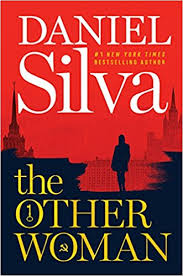The French architect Viollet-le-Duc narrowly defined Gothic style in formal, constructive terms: pointed arches, ribbed vaults, flying buttresses. Sources on other aspects of the Gothic are numerous, but almost all are discipline-specific (literary criticism, architectural history, film studies, musicology). In contrast, this inspired new work by Luckhurst (literature, Univ. of London;
Zombies: A Cultural History) is integrative, with luxuriantly illustrated chapters to help readers see the protean nature of the Gothic sensibility. By presenting Gothic style as capable of adaptation to multiple media and places, Luckhurst offers arresting free associations; he contends that the Gothic has transcended Northern European traditions and traces its migration to other parts of the continent and to Asia and Africa. The book’s four sections each approach a different corner of the Gothic imagination: “Architecture and Form”; “The Lie of the Land” (witchcraft in urban settings vs. the superstitious rural world); “The Gothic Compass” (interpretations in various corners of the planet); and “Monsters.” The work’s impressive interdisciplinarity reveals how Gothicism travels across media: literature, film, material culture, history, art, design, fashion—even computer games and the internet. VERDICT A work of exceptional originality and fresh insight, with sparkling prose.







Add Comment :-
Comment Policy:
Comment should not be empty !!!